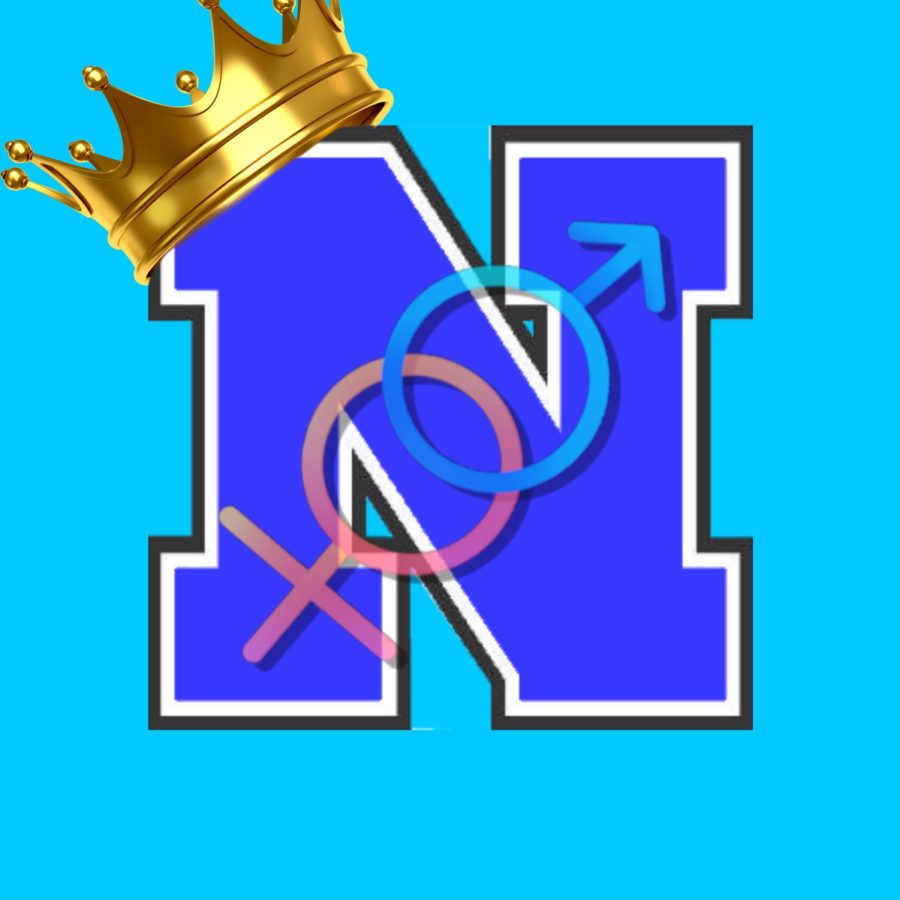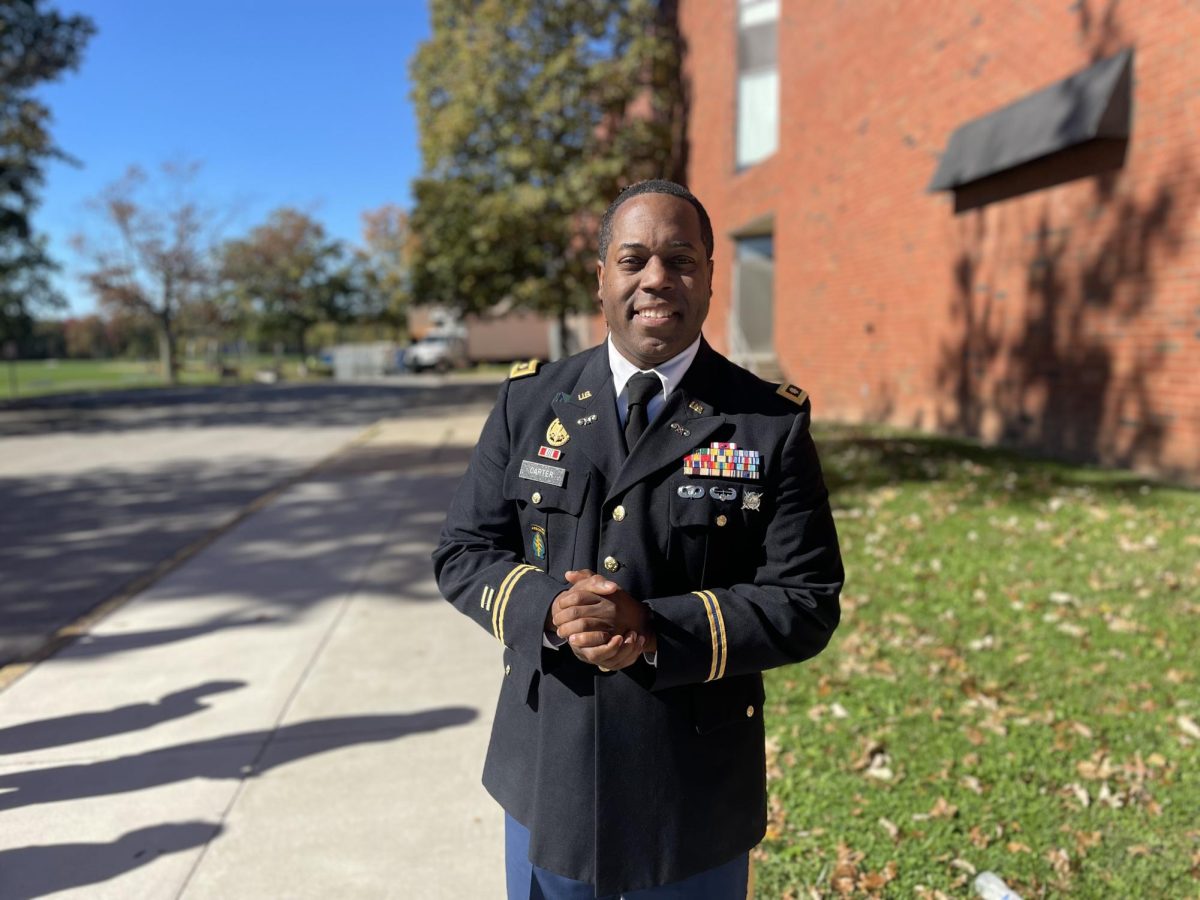Mr. Norristown Should Make Changes to Be More Inclusive
Opinion
May 12, 2023
One of the crown jewels of NAHS culture, Mr. Norristown has stuck around as a deeply-rooted tradition, hosted annually for over 20 years. However, the great tradition is in desperate need of some upheaval that we need to see as we move forward. Mr. Norristown has lost its satirical touch and has created issues in the conversation around gender equality. With the dust from Mr. Norristown 2023 now settled, we must talk now about how and when we can make these urgent changes.
For those out of the loop, Mr. Norristown is an all-boys pageant that models a standard Miss America pageant, with three different fashion shows (formal wear, casual wear, and swimwear), followed by a talent show portion.
While the boys of the show handle the performing, the girls are typically the ones doing the hosting and working behind the scenes, but the stage crew work is not exclusively limited to girls, allowing anyone to participate if they choose. Mr. Norristown is open to any performers who identify as male, as well as any non-binary participants who prefer to express themselves in traditionally masculine ways. Currently, all of the show’s participants have identified as cisgender at the time of their performance.
A common conversation topic is the concept of Ms. Norristown and the possibly harmful implications of not having a performance for other genders. However, Mr. Norristown exists to satirize womens’ beauty pageants and the excessive sexualization and need for perfection that comes with them. Having a Ms. Norristown would defeat that specific purpose by quite literally being a women’s beauty pageant. This does not mean that Mr. Norristown is without its flaws and misguided logic, though.
A major issue lies in the fashion portion of the show and the inclusion of a swimwear segment. If it isn’t acceptable for girls to wear swimwear in a pageant-esque show like this, there is nothing making it acceptable for any other gender to do the same thing. There is a sense of inequality being promoted by permitting this in Mr. Norristown, with its base format making it a male pageant where there is supposed to be a comedic parody.
Satire exists as a mockery towards someone or something, exposing its flaws in a comedic way. As fun as the event is, the fashion segments boil down to a major point of what a pageant initially stands for — showing off flashy outfits on the big stage in front of an audience. The overall theme is there in concept, but it loses its sense of satire once the participants truly try to show off their best outfits to wow the audience.
Picking one aspect to amp up and play out for laughs is a critical facet of satire, which Mr. Norristown seems to miss. The show lacks exaggeration, with the first half simply playing out as if it’s a fun fashion show. The fashion is good — great, even — but this is where it loses its satirical value, as there is no longer anything getting mocked.
Does this mean we should get rid of the fashion show segment altogether in favor of seeing raw talent? Of course not, but at the very least, the swimwear section should ultimately be removed, as its roots in pageantry are too deep to try to spin around to make satirical.
There is also no point in having a Ms. Norristown, since if the format remains unchanged for the show, it will return to being a female beauty pageant, which further skews the points Mr. Norristown makes to go against them.
Having a Ms. Norristown alongside a Mr. Norristown isn’t the solution, but a non-gendered show could be. It would make a performance like this more accessible to everyone regardless of gender and show a broader range of acts performed by a larger group of people that we might not see participating in events like these. Barring around half of the student body from participating could also be barring some talented performers from getting their time in the spotlight.
One of the main components that make Mr. Norristown so high-quality and keep its runtime shorter is its audition process. Unlike a standard talent show, candidates are selected to perform in the main event rather than just filling out their names on a form. They also attend many practices to put the performance together and make it as polished as possible.
This format could actually benefit the talent segment, allowing for the highest-quality acts to participate and eliminating any that could be possibly inappropriate. Doing this also has the potential to cut down on the length of the performance, keeping a certain number of acts to a specified amount of time.
Mr. Norristown is currently run by Blue and White advisors Kate Bartlett and Jennifer Shahin. They took the reins of the event after it was passed from various clubs in the school before it eventually landed in their hands in 2017.
The school has begun to move away from some gendered titles already, like replacing Homecoming King and Queen with Homecoming Royals. Bartlett and Shahin are working to turn Mr. Norristown into a more general talent show, removing the loose gendered structures altogether. However, a decision like this does not come without some pushback from the students who are passionate about the tradition.
I understand that this is a huge part of NAHS and that trying to alter something this major is no easy feat. Traditions take time to adjust to once they are changed. All of these claims might ring hollow from someone who’s reaching the end of their final year at the school, but seeing how passionate people are about Mr. Norristown can’t help but get me excited for who I’ll be seeing next year.
We should consider welcoming changes that will benefit the student body once Mr. Norristown turns into a more inclusive event that could put anyone in the spotlight and alter the harmful origins it has attempted to satirize. NAHS is full of talent, and with a larger pool of performers, the school could be able to show off just what makes its students so unique and brilliant once they’re away from their notebooks and chromebooks.




